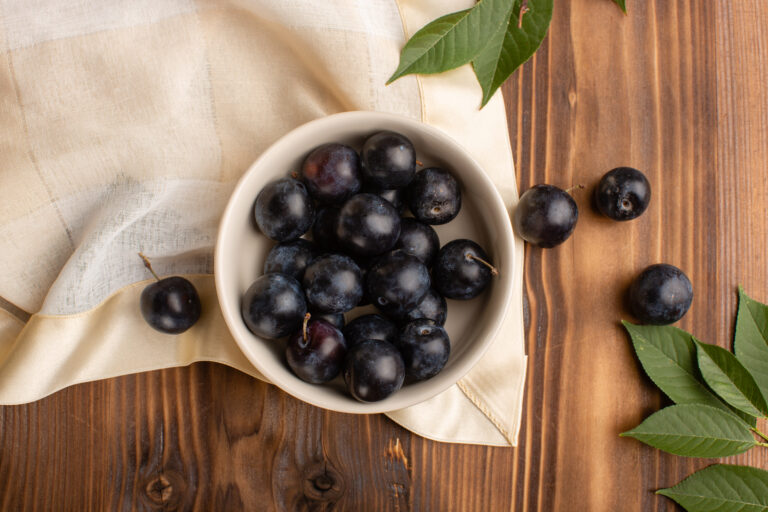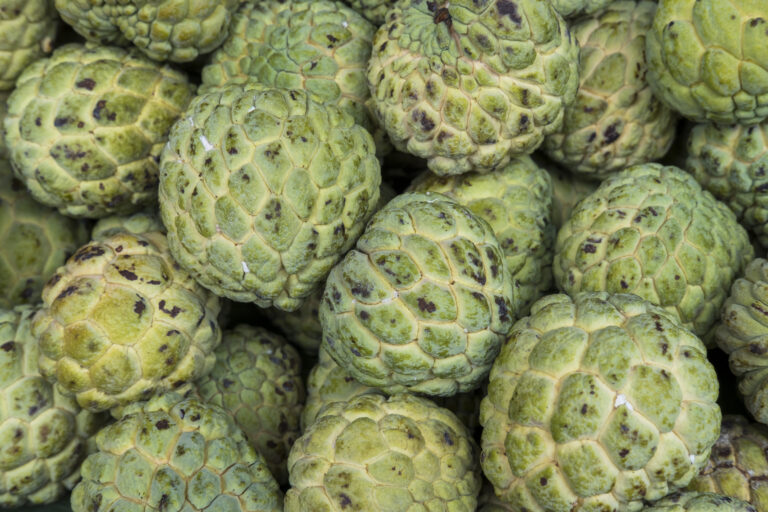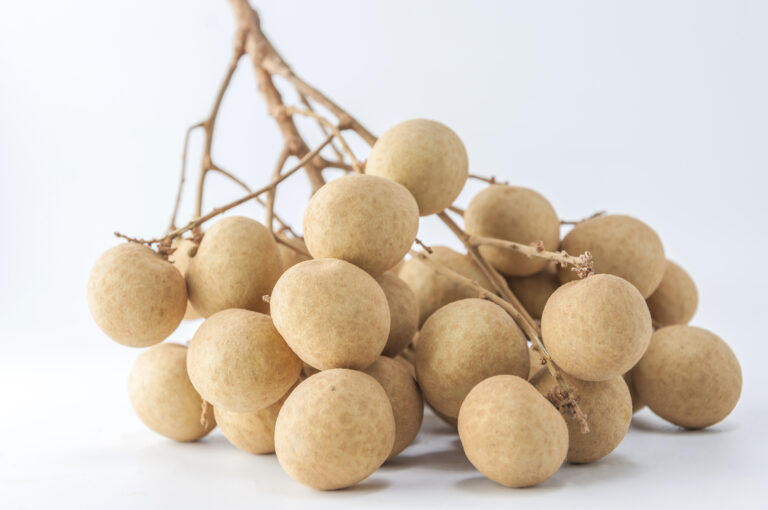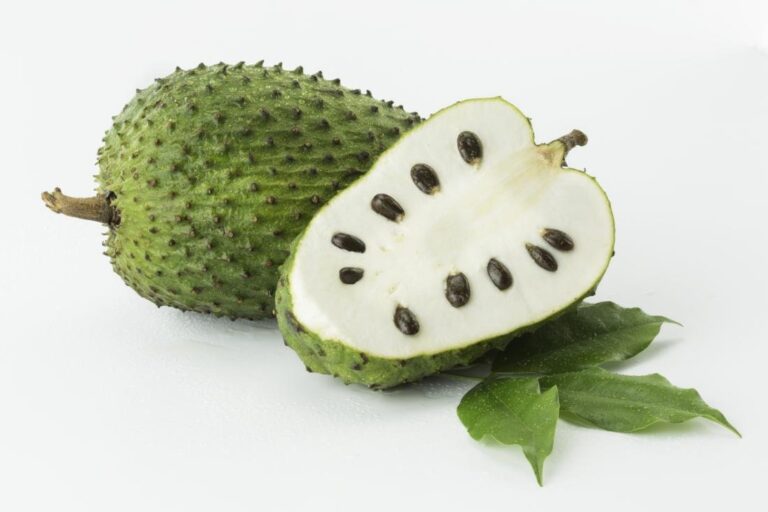Carbohydrates are vital macromolecules that serve as a primary energy source for living organisms. They are composed of smaller units known as monomers. Now we will learn about different types of monomers of carbohydrates, their functions, and their significance in human nutrition.
Understanding Monomers of Carbohydrates
Monomers of carbohydrates are individual sugar molecules that form the basic units of carbohydrates. There are four main types of Monomers of carbohydrates: monosaccharides, disaccharides, oligosaccharides, and polysaccharides.
Monosaccharides
The simplest type of carbohydrates are monosaccharides, which cannot be further broken down into smaller sugars. They are single sugar molecules and are classified based on the number of carbon atoms they contain. Glucose, fructose, and galactose are examples of common monosaccharides.
Disaccharides
Disaccharides are formed when two monosaccharide molecules undergo a condensation reaction, resulting in the elimination of a water molecule. The most well-known disaccharides are sucrose (glucose + fructose), lactose (glucose + galactose), and maltose (glucose + glucose).
Oligosaccharides
Oligosaccharides are short chains of monosaccharides, typically consisting of 3 to 10 sugar units. While humans lack the enzymes to digest most oligosaccharides, they play a crucial role as prebiotics, promoting the growth of beneficial gut bacteria. Examples of oligosaccharides include raffinose and stachyose.
Polysaccharides
Polysaccharides are large molecules consisting of long chains of monosaccharides. They can serve as storage molecules or structural components. Starch, glycogen, and cellulose are common examples of polysaccharides.

Glucose: The Primary Monomer
Glucose is a primary building block of carbohydrates. As a monosaccharide, it is the simplest form of sugar and plays a central role in providing energy to the body’s cells.
The molecular formula of glucose is C6H12O6, indicating that it contains six carbon atoms, twelve hydrogen atoms, and six oxygen atoms. Its structure consists of a six-membered ring, making it an aldohexose, a type of aldehyde sugar.
When glucose is ingested, it enters the bloodstream and is transported to cells throughout the body. For cells to utilize glucose effectively, insulin, a hormone produced by the pancreas, is necessary. Insulin facilitates the uptake of glucose into cells, where it undergoes cellular respiration, producing adenosine triphosphate (ATP), the energy currency of the cell.
Excess glucose that is not immediately required for energy is stored in the liver and muscles in the form of glycogen. When energy demand increases, such as during physical activity, the stored glycogen is broken down back into glucose to meet the body’s energy needs.
Fructose:
Fructose is a monosaccharide commonly found in fruits and is often referred to as “fruit sugar.” It has the same molecular formula as glucose (C6H12O6), but its structure differs, making it a ketohexose, a type of ketone sugar. Fructose is the sweetest naturally occurring sugar, giving fruits their delightful taste.
In the digestive system, fructose is absorbed more slowly than glucose. It is primarily metabolized in the liver, where it can be converted into glucose or used for energy production. Due to its slow absorption, fructose has a lower impact on blood sugar levels compared to glucose, making it a preferred sweetener for people with diabetes.
Galactose:
Galactose is another monosaccharide, and it is less commonly encountered in its free form in nature. Instead, it is usually found as part of the disaccharide lactose, which is present in milk. When lactose is consumed, it is broken down into its constituent monosaccharides, glucose, and galactose, with the help of the enzyme lactase.
Galactose is essential for the synthesis of complex carbohydrates called glycolipids and glycoproteins, which are crucial components of cell membranes and play vital roles in cell-cell communication.
Carbohydrate Monomers in Human Nutrition
Carbohydrates are a significant part of a balanced diet, and the structure of monomers of carbohydrates can help make informed food choices. Incorporating a variety of carbohydrate sources, such as fruits, vegetables, whole grains, and legumes, ensures a diverse intake of essential nutrients.

Importance of Carbohydrate Monomers
Carbohydrate monomers are essential for the proper functioning of the body. Glucose, the primary monosaccharide, provides energy for various bodily processes, including brain function and physical activities. Disaccharides and oligosaccharides may not be directly digestible, but they contribute to gut health and overall well-being.
Polysaccharides like starch and glycogen act as energy reserves, allowing the body to store and release glucose as needed. Cellulose, while indigestible in humans, is a crucial dietary fiber that aids in digestion and supports bowel regularity.














